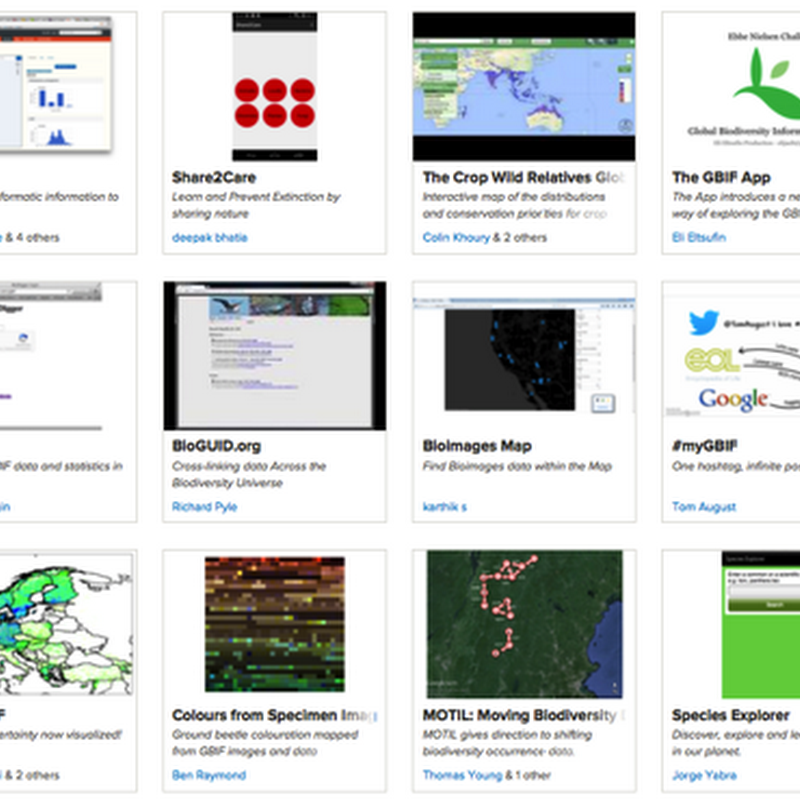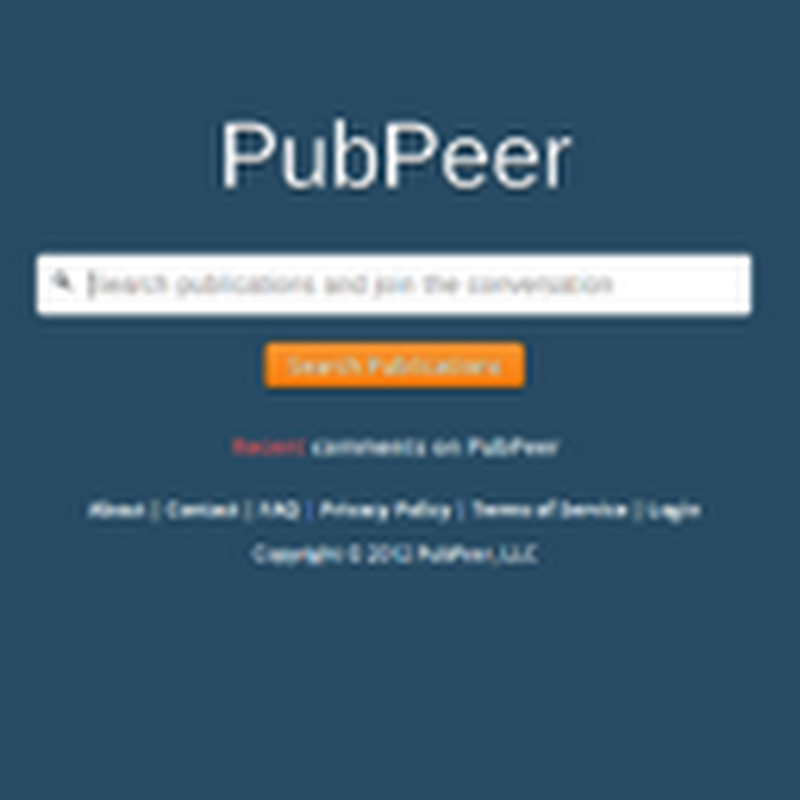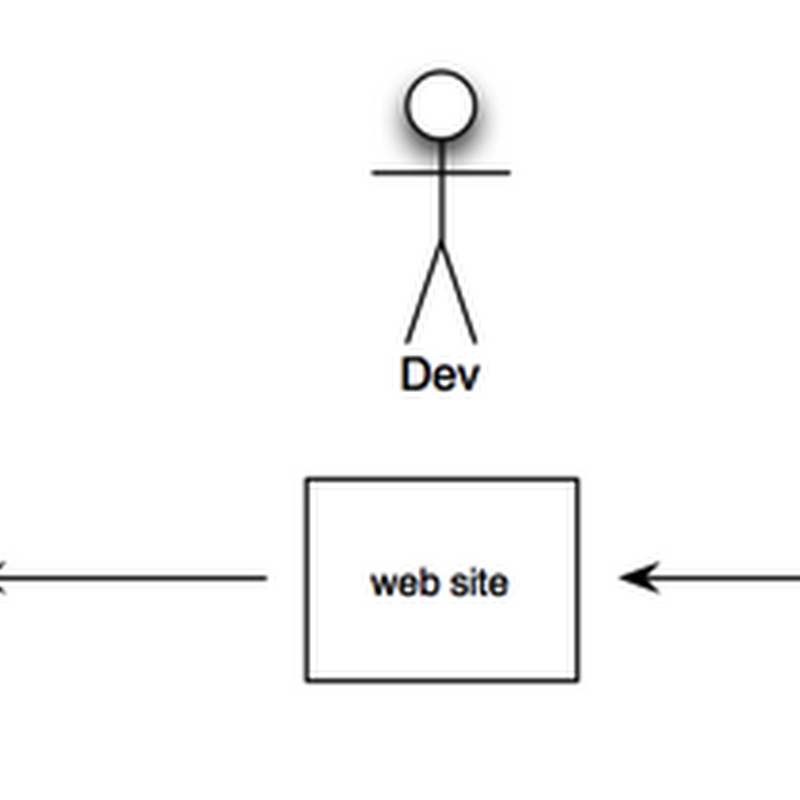
The GBIF Ebbe Nielsen Challenge has closed and we have 23 submissions for the jury to evaluate. There's quite a range of project types (and media, including sound and physical objects), and it's going to be fascinating to evaluate all the entries (some of which are shown below). This is the first time GBIF has run this challenge, so it's gratifying to see so much creativity in response to the challenge.





